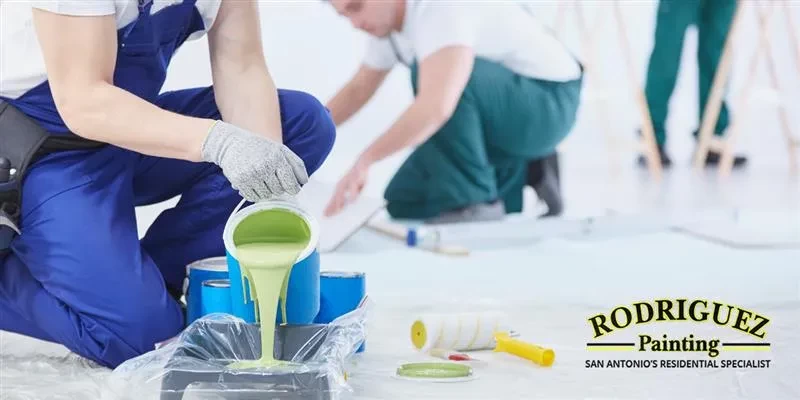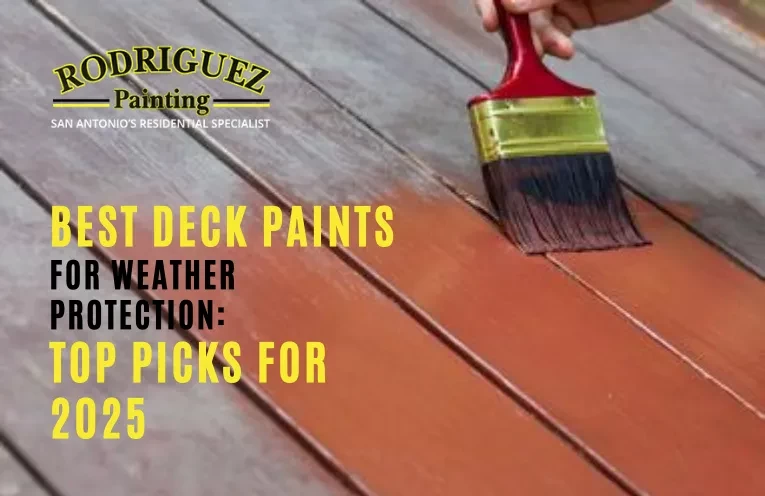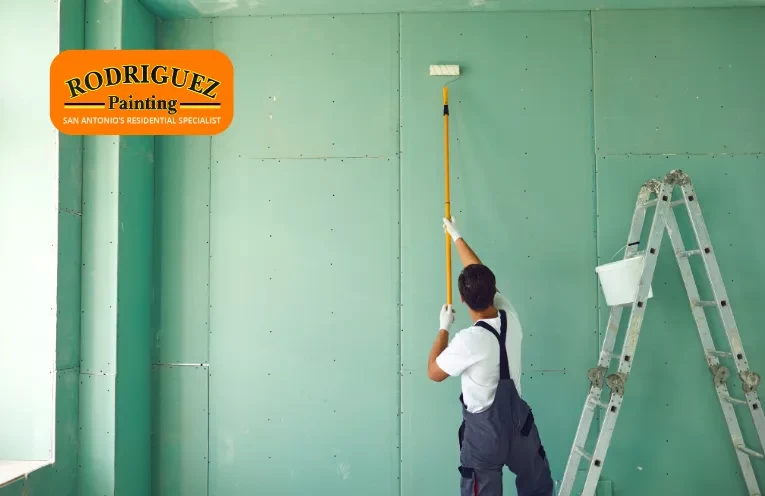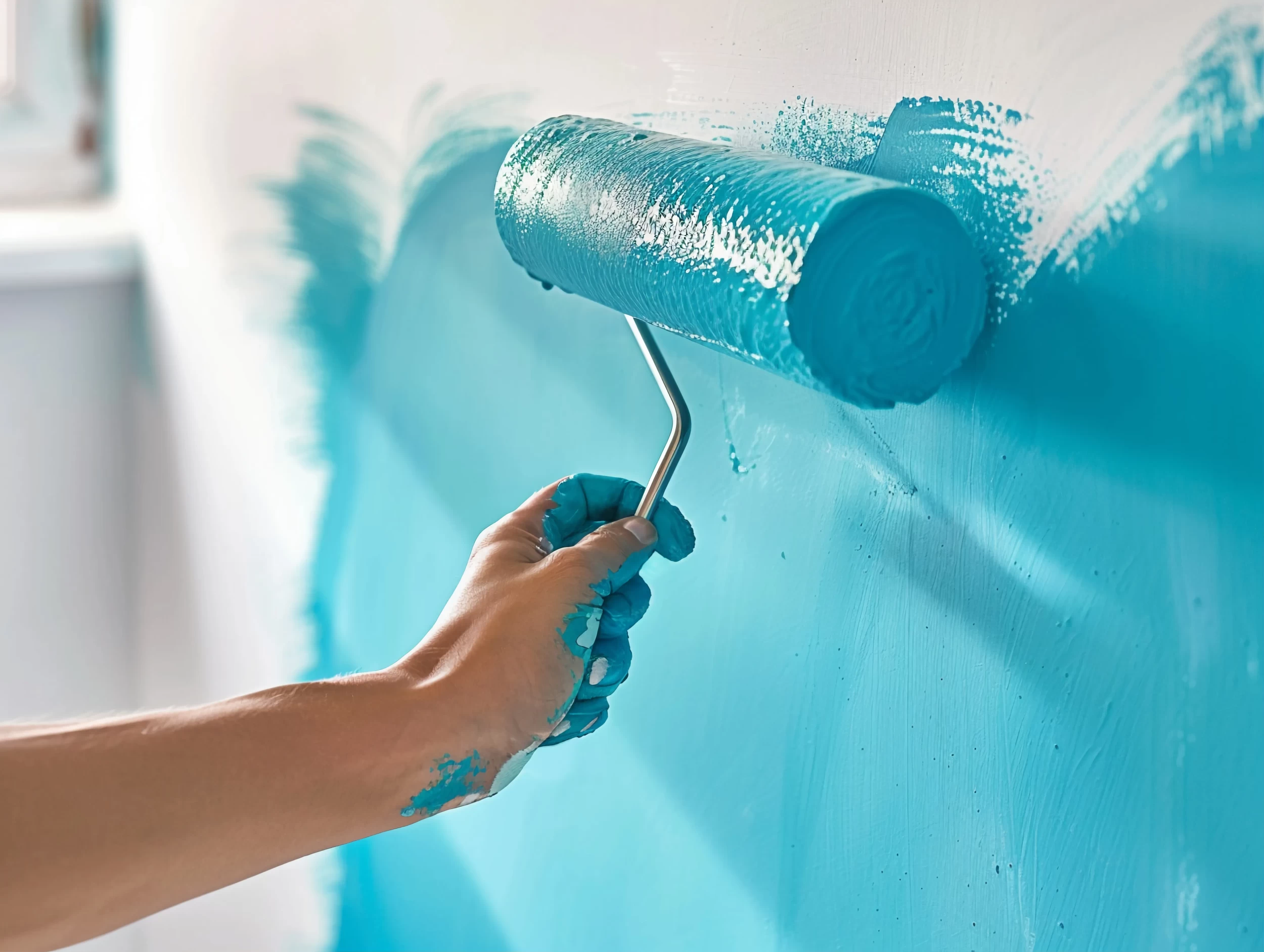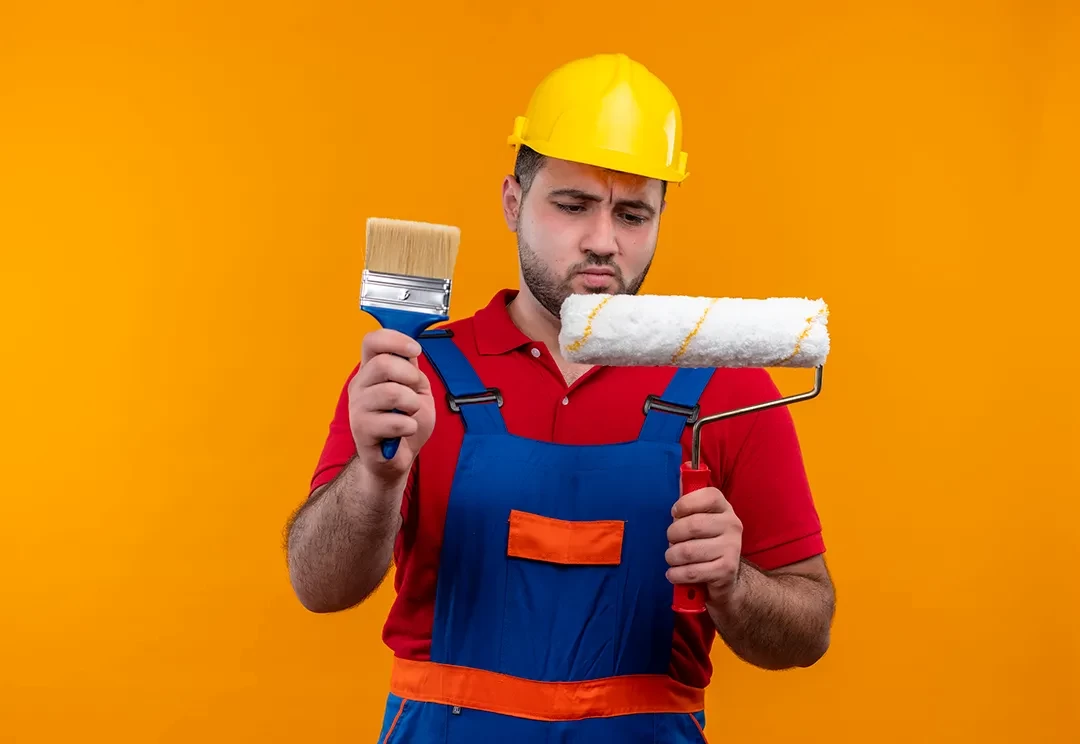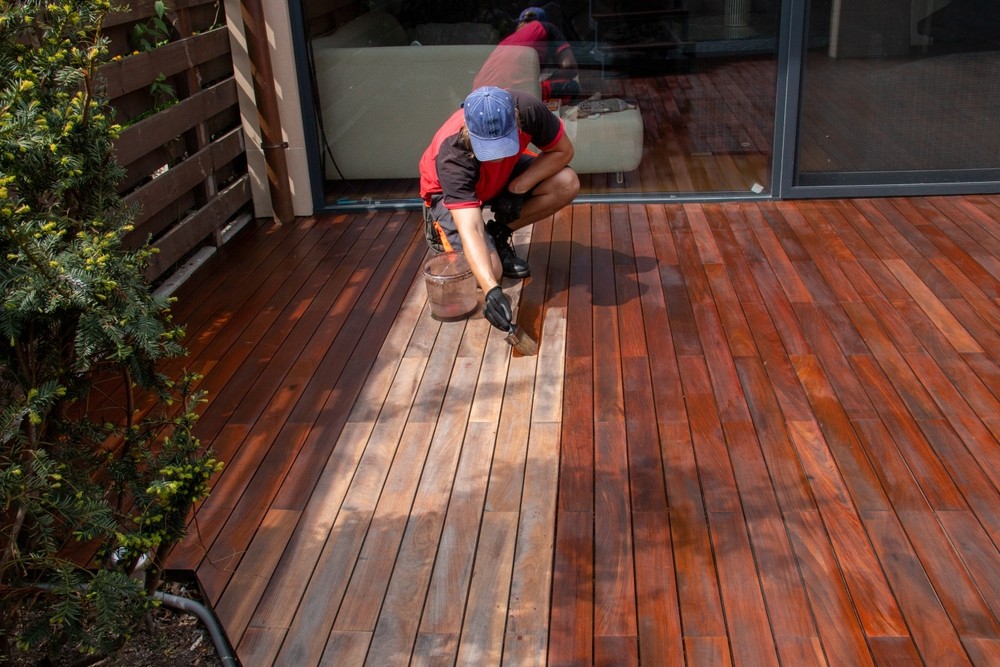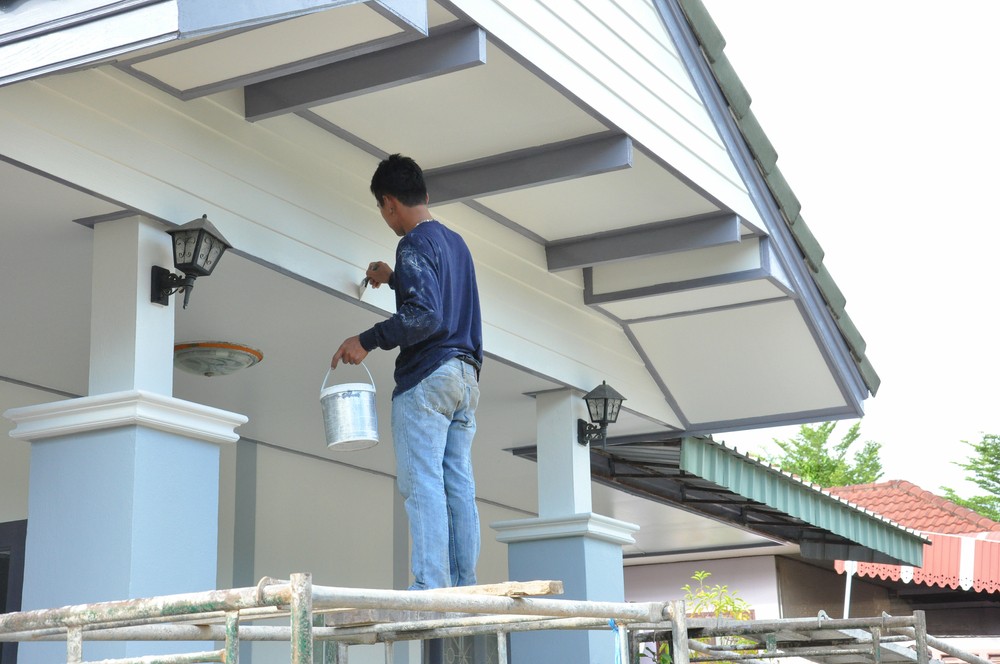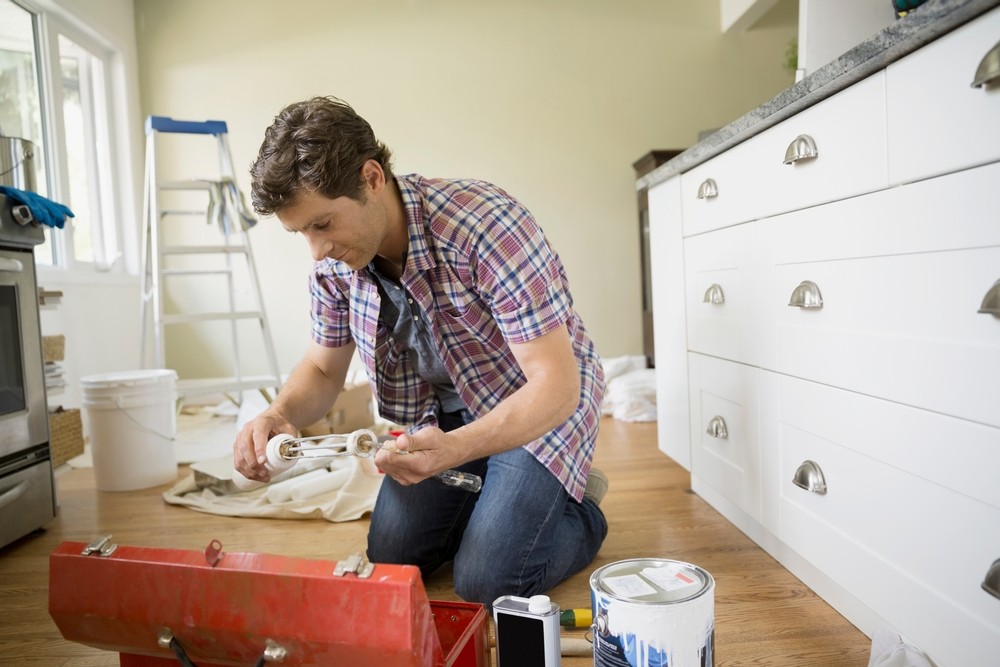
Your home's exterior paint not only adds beauty to your property but also plays a crucial role in protecting it from the elements. Neglecting the maintenance of your exterior paint can lead to a decline in curb appeal and property value. In this article, we'll explore the importance of maintaining your exterior paint and provide tips on keeping it looking its best for years to come.
A freshly painted exterior exudes a sense of pride and care for your home. It's like putting on a well-tailored suit for a special occasion. The colors pop, the lines are crisp, and your house stands out in the neighborhood. However, neglecting your paint job can lead to the opposite effect. Peeling, fading, and chipping paint can make your home look shabby and uncared for, which can be a real eyesore.
Regular Cleaning Routine
To keep your exterior paint looking its best, establish a regular cleaning routine. The frequency of cleaning will depend on your climate and environmental factors. If your home is in an area with a lot of dust, pollution, or frequent rain, you may need to clean it more often. A good rule of thumb is to inspect your exterior paint every six months and clean as needed.
Gentle Cleaning Methods
When it's time to clean, opt for gentle methods. Harsh chemicals and abrasive materials can damage your paint job. Instead, use mild soap and water. Mix a small amount of dish soap with water in a bucket, and then use a soft brush or cloth to scrub the surface gently.
Tools and Techniques
Different parts of your home's exterior may require different cleaning techniques. For siding, a soft brush or a pressure washer set to a low setting can work well. Trim and doors may need a more delicate touch, so a cloth or sponge may be sufficient.
Importance of Rinsing
After cleaning, it's crucial to rinse thoroughly. Residue from soap or cleaning solutions can accumulate on your paint and lead to discoloration or peeling over time. Use a hose or bucket of clean water to rinse away all traces of soap, ensuring a residue-free finish.
Tackling Tough Stains
Stains on your home's exterior paint can be both unsightly and damaging if not dealt with properly. Here's how to identify common culprits, safely remove stains, and prevent future ones.
Identifying Common Stain Culprits
Three frequent offenders when it comes to exterior stains are:
Bird Droppings: Not only do bird droppings mar the appearance of your paint, but they can also contain acidic compounds that corrode and damage it over time.
Rust Stains: These stains often result from metal objects or fixtures near your exterior and can be challenging to remove without the right techniques.
Mildew: In humid and damp environments, mildew can thrive on painted surfaces, leading to both visual unattractiveness and potential damage to the paint and substrate.
Safe and Effective Stain Removal Methods
Different stains require specific methods for safe and effective removal
Bird Droppings: Begin by gently scraping off any solid residue using a plastic scraper. Then, create a mixture of mild soap and water to clean the affected area. Thoroughly rinse the area to prevent any residue buildup.
Rust Stains: Rust stains require a more specialized approach. You can try using a commercial rust remover or a homemade solution of lemon juice and salt. Be sure to follow product instructions carefully to avoid inadvertently damaging your paint.
Mildew: To tackle mildew, mix equal parts water and white vinegar or hydrogen peroxide to create a mildew-cleaning solution. Apply this solution to the affected area, let it sit for a few minutes, and then gently scrub away the mildew. Rinse the surface thoroughly to ensure no residue remains.
Tips for Preventing Future Stains
Preventing stains from reoccurring is often the best strategy:
Install bird deterrents such as spikes or nets to discourage birds from perching on your home.
For rust-prone areas, apply appropriate coatings or primers.
Improve ventilation to reduce moisture buildup, which can contribute to mildew growth.
Touching Up
Regular inspections are crucial for identifying signs of wear and tear on your exterior paint. Keep an eye out for:
Peeling, Cracking, Fading, and Chipping: These are indicators that your paint job needs attention. Addressing these issues promptly is essential to prevent more extensive and costly damage.
Importance of Addressing Minor Problems Promptly
Neglecting minor paint problems can lead to more significant issues over time, including costly repairs. Timely attention to peeling or cracking paint can save you money and preserve the overall integrity of your home's exterior.
Preparing for Touch-Ups
Start by thoroughly cleaning the affected area to remove dirt, debris, and loose paint.
Sand the surface to create a smooth, even canvas for paint adhesion.
Choose the right paint, ensuring an exact color match and compatibility with the existing paint.
When applying touch-up paint, opt for a small brush or roller for precise coverage. Feather the edges to blend the new paint seamlessly with the surrounding area. Multiple thin coats are often superior to a single thick coat, ensuring a smooth and flawless finish.
Seal exposed wood surfaces with an appropriate primer to prevent moisture damage and extend the lifespan of your paint.
Consider repainting trim and accents for a refreshed and cohesive look that enhances your home's overall aesthetic appeal.
By addressing tough stains effectively and conducting timely touch-ups, you'll maintain the beauty and integrity of your painted exterior, ultimately enhancing your home's curb appeal and value




